“When you post things [on social media], you’re always trying to post them to make your body look better. Like, you try to wear T-shirts where your chest looks bigger or pants where you look curvier,” says a 15-year-old girl from Stepaside Educate Together Secondary School in Leopardstown, Co Dublin before the break for the summer holidays.
When asked about her body image concerns, she reveals experiencing pressure to conform to a specific body type. “I think as a girl, we are expected to have more of a woman’s body... You can be made fun of it you speak about it. In my experience, if I talk to my girlfriends, they’ll be more open about it and they try to help me. But when I talk to boys – it depends on who I’m talking to – they’d find it more stupid or kind of dumb. They’d be like, ‘oh, just get over it, it’s fine’.”
A 15-year-old male student in the same class shares that boys face similar pressures, but with different expectations, as they strive to appear more “muscular”. When it comes to his own body insecurities, he explains: “It’s not really like something you talk about that much. And then if you do, I feel like other people don’t notice as much. So then, when you tell them what the problem is, they might be like, ‘oh, yeah, I don’t see it’.”
Stepaside Educate Together, along with Swords Community College – which are under the patronage of Dublin and Dún Laoghaire Education & Training Board – are among the first Irish schools to pilot BodyKind, an evidence-informed body image programme for students aged 15-17. “It’s a really exciting programme because it’s one of the first to draw together several different empirically supported body image promotion approaches,” says Dr Ciara Mahon, a postdoctoral researcher at UCD involved in conducting the pilot.
Patrick Freyne: I am becoming a demotivational speaker – let’s all have an averagely productive December
Coping at Christmas: ‘Not being a mother hurts more at Christmas, when a large part of the world is focused on a birth’
Mental health in Ireland: ‘Should we not be helping people before they get down to the breakdown stage?’
When people say ‘you’re mature for your age’, I resist the urge to reply ‘thanks, it’s the trauma’
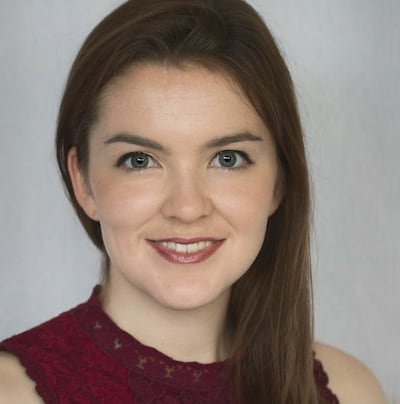
“So, it includes cognitive dissonance, which encourages students to challenge the pursuit of unrealistic body ideals. It teaches self-compassion, which is reframing self-critical thoughts. And there is also a social activism component to try to challenge appearance bias and promote greater inclusivity.”
Funded by the Irish Research Council, the pilots in Irish schools are part of a research collaboration between UCD, Jigsaw and a team of international body image experts. The goal is to ensure that BodyKind – originally developed in the US – is culturally responsive to the needs of Irish students, both through the inclusion of “references to national sports and appearance stereotypes”, as well as language that resonates with Irish students in their everyday lives.
Striving to look like the ideal and obsessing over everything you eat just to be “10 pounds lighter” is not an uncommon preoccupation. “That’s me. That’s always been my struggle,” says Denise Hamburger, founder of Be Real, a non-profit organisation dedicated to teaching educators “how to create body confident schools”.
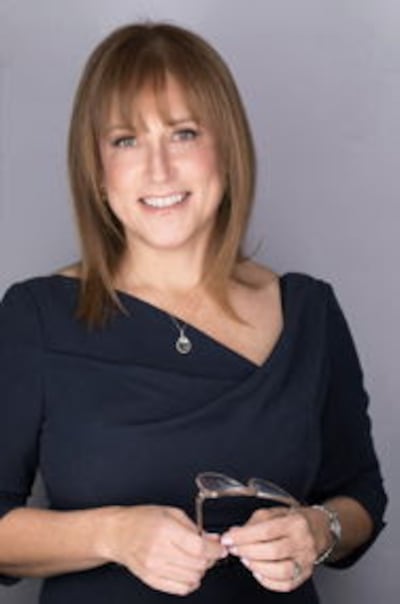
Drawing upon extensive research, the American lawyer-turned-body image facilitator was inspired to write the BodyKind curriculum in the wake of Covid-19. “I was speaking to middle-aged women about body image and all of the moms said, ‘I guess I’m okay, but my daughters are on social media all day, and they’re really struggling.’”
Mahon, whose doctoral research examined the relationship between social media use and body image dissatisfaction, says the issues addressed by BodyKind are not unique to the US. According to My World Survey 2.0, the largest Irish study on youth mental health to date, fewer than half of all Irish teenagers are satisfied with their appearance. Mahon says, “[The survey found that] body esteem – a positive indicator of body image – consistently declined for boys and girls across teenage years, such that it was at its lowest in the senior cycle. So, it is something that is a key issue.”
Teachers’ experiences provide anecdotal support for the research.
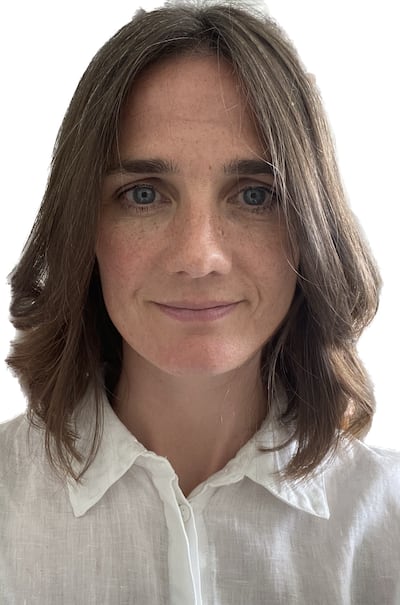
Alice O’Connor, the guidance counsellor at Stepaside Educate Together, reveals that her students frequently express concerns about body image: “One of the things they end up saying is, ‘I hate the way I look,’ or, ‘I feel like I can’t come to school wearing XYZ because people will look at me or they’ll judge me.’”
She tells of one female student who, in an effort to look tanned, ended up burned after spending too much time on a sunbed.
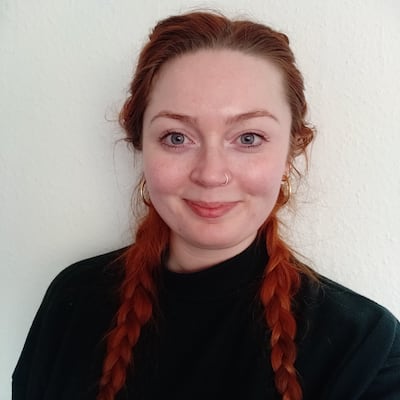
Aoife McDonald, SPHE co-ordinator at Stepaside Educate Together, believes teachers have a huge role to play in challenging these cultural messages.
“We spend so much time with the students. Whether we want to acknowledge it or not, they are watching what we’re eating, they’re watching how we’re dressing, they’re watching how we carry ourselves.”
In the view of Carmel Halligan, youth mental health promotion manager at Jigsaw, BodyKind can boost the confidence of teachers in taking up these roles in students’ lives.
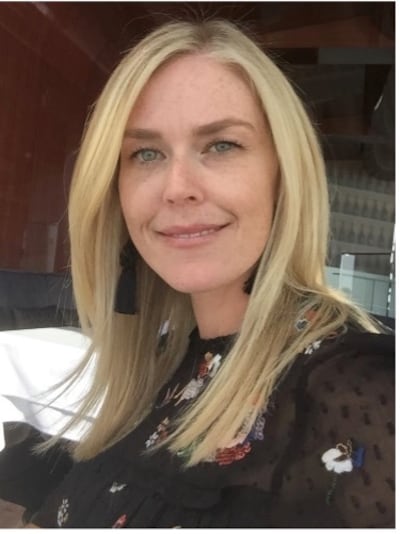
She says, “We don’t want teachers to feel like they have to be experts in the classroom from a psychology perspective or a clinical or a therapeutic perspective. What we want them to do is merely be facilitators of the conversations. So, when you take a programme like BodyKind and you’re giving teachers the training tools, the resources, they feel a little bit more capable in approaching those conversations.”
Speaking from her own experience of delivering BodyKind, Niamh Donohue, wellbeing co-ordinator at Swords CC, says the programme builds on classroom relationships already established: “In teaching topics like this, teachers have to show a certain vulnerability... You need to have a sense of self and know your stance and know your voice and be willing to share your own experience to get the students on board.”
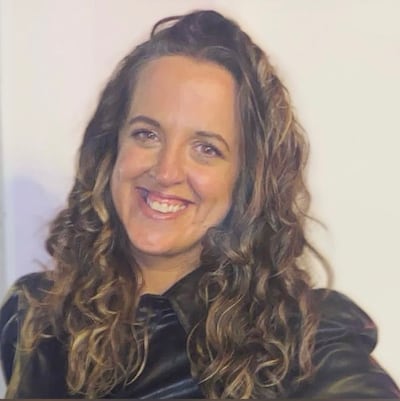
Donohue believes there is also an onus on teachers to “keep up” with the rapidly evolving digital landscape and its impact on students. “At the beginning of my career, it was teenagers buying magazines like Bliss or Sweet 16, whereas now, especially in the past 10 years, it’s been a total bombardment of social media where it’s just exploded,” she explains. Describing it as “overwhelming”, one of Donohoe’s 15-year-old female students says, “Through social media, everything’s become way more, I guess you could say, like, complex. Like, everyone compares everyone to each other and it’s just really unrealistic sometimes because people are seeing that and thinking, ‘Oh, I don’t look like her, I don’t look like him, I don’t have that.’”
Mahon says: “We have included worksheets which encourage students to reflect on their social media use a bit more, and then to identify how it might be impacting them.”
A 15-year-old female student from Swords CC acknowledges the power of these skills: “We learned a lot. Like on social media, you’re always seeing what people’s good days are but no one’s going to post when it’s their bad days. I kind of learned that there’s two sides to it. You don’t realise how much goes on behind the screen compared to what you actually post.”
In the view of Hamburger, social media is responsible for many of the self-comparisons which trigger the inner critic. “We teach students how to identify when they’re critical of themselves and how to respond with a more compassionate voice,” she says, naming self-compassion as one of the programme’s core learning objectives.
With positive feedback from the pilot programmes, the BodyKind researchers are recruiting schools to participate in a randomised control trial to begin in September. As part of the programme, Donohue says that asking her students to reflect on and to challenge their inner critic was an effective classroom exercise: “If I use Sinéad for an example, I might ask, ‘Sinéad, how you talk about yourself, your inner voice? Would you talk to Clara like that? Would you tell Clara how you feel? And that was a real moment for the students because they’re like, well, you’re so critical of yourself, but you’d never go around and tell your best friend that.”
According to Mahon, gaining the ability to extend this self-compassion to other people is another primary learning objective. “We have a gallery walk where students can read 24 different stories based on real people’s experiences of their bodies,” says Mahon.
“The idea is that these stories help raise awareness about the experiences of people with different genders, ethnicities, sexual orientations, gender identities, [physical] abilities and sizes. This creates an understanding of how other people experience their bodies, the societal pressures that other people face, and what we can do to challenge these kinds of appearance biases.”




